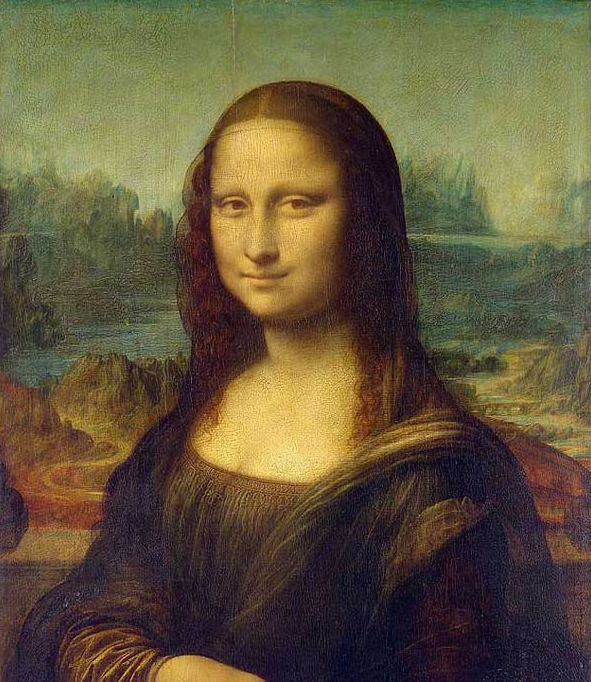
Privacy statement: Your privacy is very important to Us. Our company promises not to disclose your personal information to any external company with out your explicit permission.
News
2018-04-24

Scientists have discovered why the Mona Lisa's expression looks so different to different people and at different times.
For centuries, art lovers and critics have been perplexed by and debated the Leonardo Da Vinci paintings gaze and slight smile - or is it a grimace?
But new research from the University of California, San Francisco has shed new light on the luminous and seemingly changing face of the Mona Lisa.
Through experiments on visual perception and neurology, they discovered that our emotions really do alter how we see a neutral face.
Dr Erika Siegel and her colleagues study how our emotions change our perceptions of the world around us - even when we aren't aware that something has changed our feelings.
This relies on the modern theory of 'the brain as a predictive organ, instead of a reactive one,' says Dr Siegel.
In other words, 'we have a lifetime of experience and we use those experiences to predict what we are going to experience next. '
'Incoming information is actually just used to correct the predictions if they turn out to be wrong,' Dr Siegel explains.
So, she and her team predicted that how we perceive a new face - as happy, sad, friendly, neutral - actually has a lot more to do with the feelings we are carrying around when we greet it than the expression on that face.
Dr Siegel and he team can actually simulate that subconscious experience of our feelings thanks to a trick our vision plays on us.
We all have one dominant eye and one more passive non-dominant one.
If each eye is receiving different information, we only consciously perceive what dominant one sees. But non-dominant sights can still seep into our subconcscious.
Dr Siegel and her team use this to gently and prime their study participants to feel one way or another.
They showed 43 people two sets of flashing images simultaneously, so that the dominant eye saw and registered neutral expressions, while the non-dominant eye 'saw' flashes of neutral, grimacing or smiling faces, that they would only subconsciously be aware of.
After viewing the flashing faces, the researchers showed the participants options of faces and asked pick out which ones they had seen.
When their non-dominant eyes had seen a happy face, they were more likely to think the neutral face had actually been smiling, and the same was true for grimaces and neutral faces.
This means that 'if you see the Mona Lisa after you have just had a screaming fight with your husband, you're going to see [the painting] differently,' says Dr Siegel.
'But if you're having the time of your life at the Louvre, you're going to see the enigmatic smile,' she adds.
'We are the architects of our own experience. Our brain makes predictions about what it expects to see and uses information from the world to update its expectations,' Dr Siegel says.
What's more, if you have any interested in EVA Boat Decking Sheet or EVA SUP Pad & EVA Traction Pad, please feel free to contact us.
Melors Team
2018.04.24
E-mail:admin@melorsfoam.com
Skype:helen.oscar
WhatsApp:+86-13699812532
Tel:+86-752-3553578
Share to:

Privacy statement: Your privacy is very important to Us. Our company promises not to disclose your personal information to any external company with out your explicit permission.

Fill in more information so that we can get in touch with you faster
Privacy statement: Your privacy is very important to Us. Our company promises not to disclose your personal information to any external company with out your explicit permission.